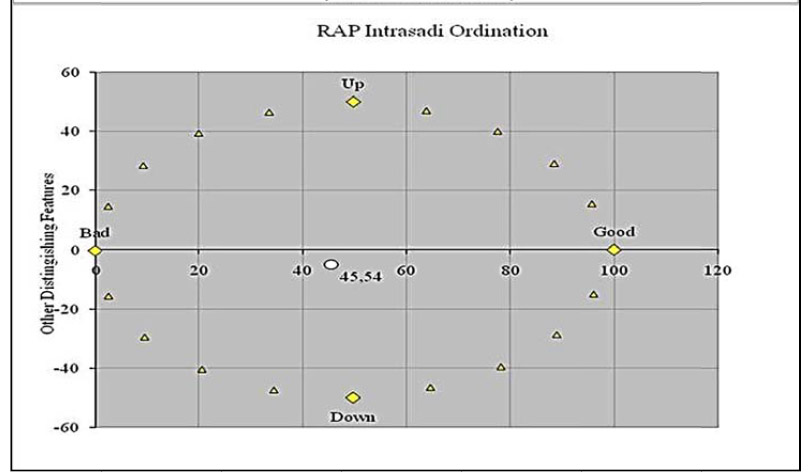Analysis of Sustainability Status of Integration of Beef Cattle and Paddy with Technology Innovation of Rice Straw as Feed and Beef Cattle Manure as Fertilizer and Biogas
Main Article Content
Abstract
The objective of this study was to analyze sustainability indexes and status on the integration between beef cattle and paddy with technological innovation of rice straw as feed, cow manure as fertilizer and biogas. Primary data were obtained through interviews with the farmers with the help of a questionnaire. The farmers were randomly selected as samples, and also involved experts/practitioners as respondents who have related expertise, reputation and/or experience with the present study. In addition focus group discussions were conducted with the farmers, in order to identify the actual problems and conditions that usually occur in development of the integration between beef cattle and paddy. Furthermore, in depth interviews were performed with the key informants. The method to analyze sustainability status was a modification of Rapfish by using Multi-Dimensional Scaling (MDS).This method is named, RAP-Intrasadi (Rapid Appraisal Integration Beef cattle and Paddy). The results of this study showed that the sustainability status has multidimensional index values of sustainability. Integration produced beef cattle and rice with technological innovation, rice straw as feed processing, livestock manure as fertilizer and biogas was implemented by farmers in rural farmers, and produced an index value of 46.12 (less sustainable). To improve the sustainability status, it must be repaired to the sensitive attribute in each dimension. Ecological dimension attribute a) potential and carrying capacity of livestock waste, b) potential and carrying capacity of rice straw, and c) management of farm cattle farming. Attributes that need improvement for the economic dimension were contribution of livestock waste biogas to fuel costs, the number and ownership of paddy fields, and the number and ownership of cattle.Atributes of social dimension were level of willingness and motivation to utilize rice straw, understanding the impact of waste on the environment, and the integration of related experience of beef cattle and rice. While technological dimension were biogas processing facilities and infrastructure,
Article Details
Published articles are under the copyright of the Environment and Natural Resources Journal effective when the article is accepted for publication thus granting Environment and Natural Resources Journal all rights for the work so that both parties may be protected from the consequences of unauthorized use. Partially or totally publication of an article elsewhere is possible only after the consent from the editors.
